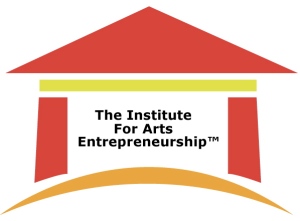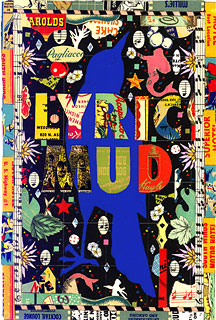Yes, your character does matter but what about the characters you create? Do they matter? Do you know how to create continuous cash flow from your art, illustrations, designs and characters?

In 2006 the licensing business netted more than $180 billion dollars in retail sales. Turning your art, illustrations, designs or characters into a branded image allows you to be able to become recognized as an artist through many different kinds of promotional marketing tools. There are few rules with regards to where your images can appear and you have control over which kinds of items or markets you pursue to have your artwork promoted in or through.
Jeanette Smith, Sr. Vice President of Character Matters, with more than twenty years of experiencing in the licensing industry is someone you need to know. Character Matters has been building character for for a long time with over 100 years of combined experience creating, developing, and licensing recognizable characters, as well as inventing new products and product lines.
Besides, branding and promotional marketing through characters, designs or illustrations provides extraordinary tools for connecting emotionally with your audience. Can you think of a better way to connect with potential buyers of your work while simultaneously creating a continuous flow of cash from your art?
Jeanette Smith is responsible for building the Dilbert brand from its infancy into a global corporate icon. Every idea, image, illustration, design and piece of art starts somewhere. What can you do with yours through licensing?
About Character Matters
Our characters represent a wide range of types and styles – from real people to illustrations to animation.
Character Matters offers:
Character Development
Original concept and creation
Development of your character idea
Renovation of an existing or dormant character
Strategic marketing development services
Retail displays concepts
Product development
Packaging
Intellectual property development
Promotions & events
Editorial & design treatments
Licensing
Animation
I met Jeanette Smith at the SEA ( Self Employment in the Arts) conference back in March. She is not only very passionate about her work but excellent at what she does. You can reach her at www.jnetsmith.com to find out more about her services.





















